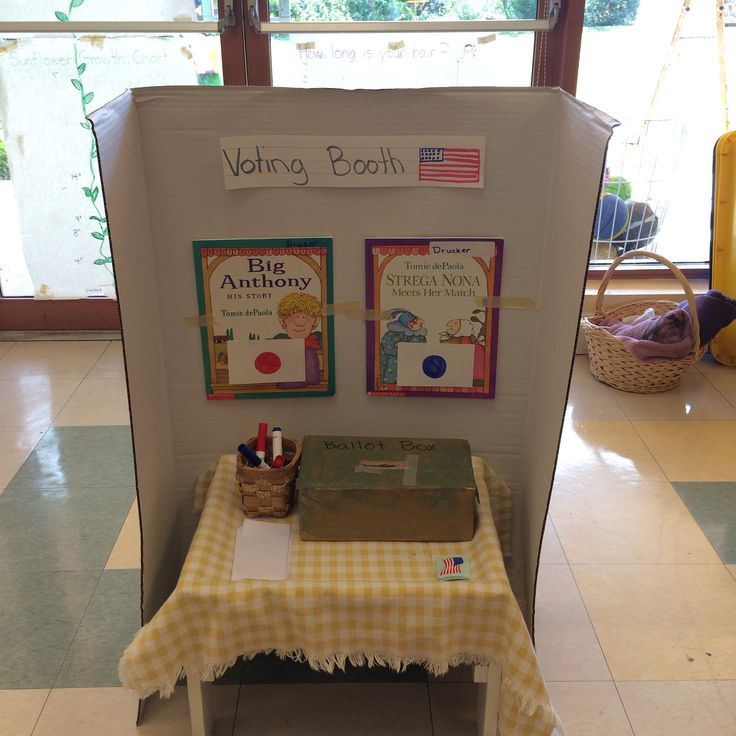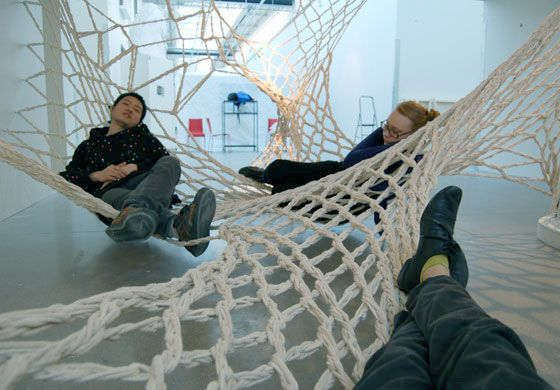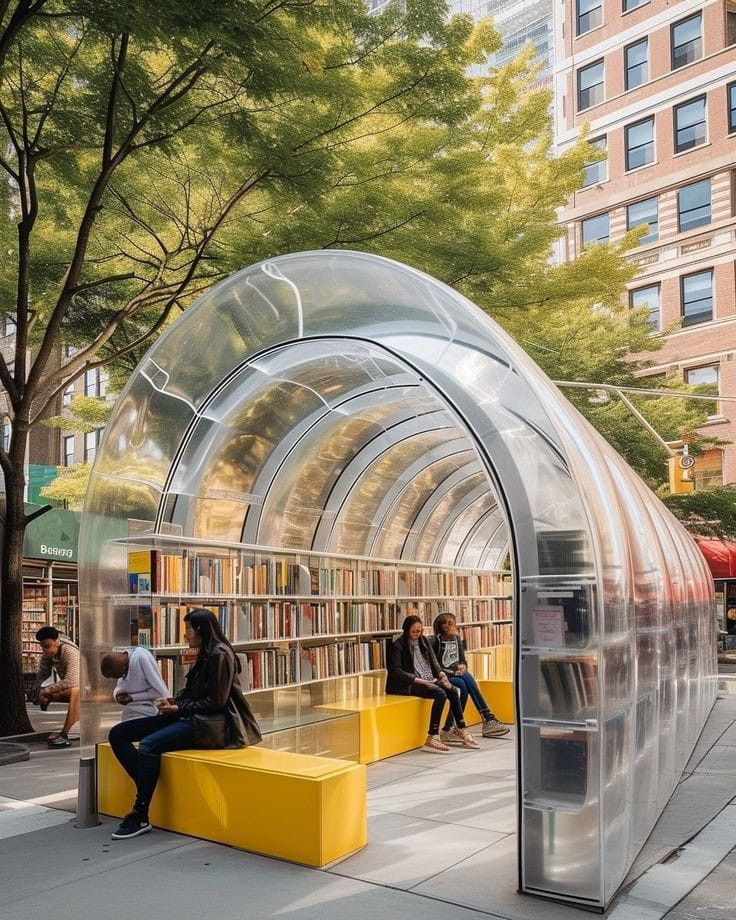
In an era where democratic participation and community engagement have become increasingly vital, innovative design solutions are emerging that empower citizens to engage civically from the comfort of their own homes. DIY voting booths and micro-galleries represent two powerful examples of how design can bridge personal spaces and public life, fostering deeper civic involvement through creativity and accessibility.
This comprehensive discussion explores how these adaptable design interventions—combining functionality, art, and participation—are transforming homes into dynamic platforms for democracy, education, and community dialogue.
The Intersection of Home Design and Civic Engagement
Civic engagement encompasses more than just voting; it involves active participation in community decision-making, awareness-building, and collective action. Yet, the traditional civic models often feel distant or intimidating for many individuals.
Recent design thinking emphasizes creating inclusive, accessible, and interactive environments where civic life blends naturally with everyday living. Through DIY voting booths at home or micro-galleries showcasing community art and ideas, individuals can embody active citizenship in familiar, nurturing environments.
This represents a shift from centralized public participation spaces to diffused, personalized civic nodes, enhancing democratic processes’ reach and vibrancy.
DIY Voting Booths: Empowering Private Democratic Action

Concept and Purpose
DIY voting booths at home allow citizens to simulate or participate in polling processes securely and privately, making electoral engagement more tangible and user-friendly. These setups can be especially useful for:
- Voter education and practice ahead of official elections
- Facilitating informal community votes on local matters
- Encouraging youth participation by demystifying voting protocols
Core Design Elements
To replicate the integrity and privacy of a polling station, DIY booths embody several specifications:
- Enclosure and Secrecy: Booths are designed with three partially enclosed sides, often with lightweight, foldable materials for portability, providing visual privacy during voting.
- Ergonomic Dimensions: Standard booths accommodate comfortable standing or sitting height, with dimensions approximately 24″x24″x30″ to balance compactness and usability.
- Ballot Surface: A stable flat surface inside for marking or placing ballots.
- Materials: Durable, lightweight materials like corrugated plastic or wood ensure ease of assembly and reuse.
- Accessibility: Designs accommodate diverse users, including those with mobility challenges.
These booths are easy to assemble and can be tailored aesthetically to individual homes, blending democratic function with domestic style.
Implementation and Impact
Home DIY voting booths:
- Reinforce Voting Confidence: Familiarity with the voting process reduces anxiety and misinformation.
- Promote Family and Community Discussions: The physical act of voting at home sparks civic dialogue and learning.
- Adapt to Hybrid Voting Models: They can support absentee, mail-in, or digital voting facilitation.
Micro-Galleries: Small-Scale Cultural Platforms for Civic Dialogue

Micro-Galleries Defined
Micro-galleries are compact, often mobile, exhibition spaces that curate art addressing social issues, civic themes, or communal histories. Unlike traditional galleries, they operate outside fixed buildings and curate accessible, intimate encounters with art designed to inspire civic reflection and action.
The Civic Role of Micro-Galleries
By bringing art directly into communities—whether through backyard setups, repurposed home spaces, or digital pop-ups—micro-galleries:
- Amplify Marginalized Voices: Represent diverse narratives otherwise excluded from mainstream cultural spaces.
- Foster Empathy and Dialogue: Artistic experiences engage residents emotionally and intellectually, motivating civic involvement.
- Encourage Co-Creation: Residents, artists, and activists collaborate on shared challenges, creating locally relevant narratives.
Organizations like Micro Galleries center community involvement, turning individual and neighborhood homes into vibrant nodes of social interaction.
Design Criteria for Home Micro-Galleries
Successful micro-galleries balance function and impact:
- Modularity: Portable and adaptable exhibition modules that fit limited living spaces.
- Interactive Elements: Components like digital screens, augmented reality, or tactile installations deepen engagement.
- Visibility: Placement to invite neighborhood interaction—window displays, front porches, or courtyard installations.
- Sustainability: Use of recycled or upcycled materials resonates with ecological civic values.
Design Thinking in DIY Civic Spaces

Human-Centered Design Principles
Designing home-based civic spaces follows core principles of empathy and usability:
- Inclusivity: Ensuring accessibility across ages, abilities, and cultural backgrounds.
- Scalability: DIY booths and micro-galleries can grow from single-user setups to neighborhood-wide networks.
- Resource Efficiency: Leveraging affordable, easy-to-source materials suitable for non-specialist assembly.
- Aesthetic Integration: Aligning with home interiors so civic installations enhance rather than disrupt personal environments.
Psychological and Social Dimensions
Such spaces reduce barriers to participation:
- Transforming civic acts into meaningful, familiar rituals.
- Cultivating a sense of empowerment and ownership.
- Encouraging ongoing civic mindfulness beyond episodic votes.
Case Studies and Inspirations
At-Home Voting Booth Kits
Innovative kits offering all materials and instructions for families to build their own polling booths. Some kits include teaching guides on democracy, sample ballots for education, and even digital tie-ins for remote participation.
Neighborhood Micro-Gallery Pop-Ups
Communities combine home front yards and living spaces into collective galleries spotlighting local histories, art projects on climate crisis, or social justice themes—fostering dialogue and neighborly interaction.
Virtual Micro-Galleries
Augmented reality applications enable homes to host digital exhibitions accessible via smartphones, connecting local civic issues with global conversations through art.
Challenges and Opportunities
Design Challenges
- Balancing privacy with inclusiveness in voting booth setups.
- Overcoming space constraints in small or shared housing.
- Navigating digital divides for tech-powered micro-galleries.
Opportunities for Civic Strengthening
- Amplifying marginalized voices through accessible home civic design.
- Adapting to pandemic-era distancing with private, home-based participation.
- Building community resilience via localized cultural and democratic interactions.
Future Directions: Toward Integrated Civic Living Spaces

The concept of civic engagement through home design is expected to evolve with:
- Smart civic furniture incorporating digital polling technologies.
- Collaborative neighborhood micro-galleries bridging physical and virtual realms.
- Flexible, adaptive design kits empowering grassroots democratic innovation.
Integrating design, technology, and community spirit, home-based civic environments will increasingly act as vital democratic nodes in broader governance ecosystems.
Conclusion: Empowering Democracy Through Domestic Design
DIY voting booths and micro-galleries exemplify how thoughtful design can embed civic engagement intimately within personal life. By democratizing access and inviting creative participation from home, these innovations amplify citizen voice, deepen community cohesion, and reinforce democratic ideals.
As we rethink citizenship in the 21st century, fostering civic dialogue and participation at home through design offers a pragmatic, inspiring path toward vibrant, inclusive democracies.
Written by Mishul Gupta
